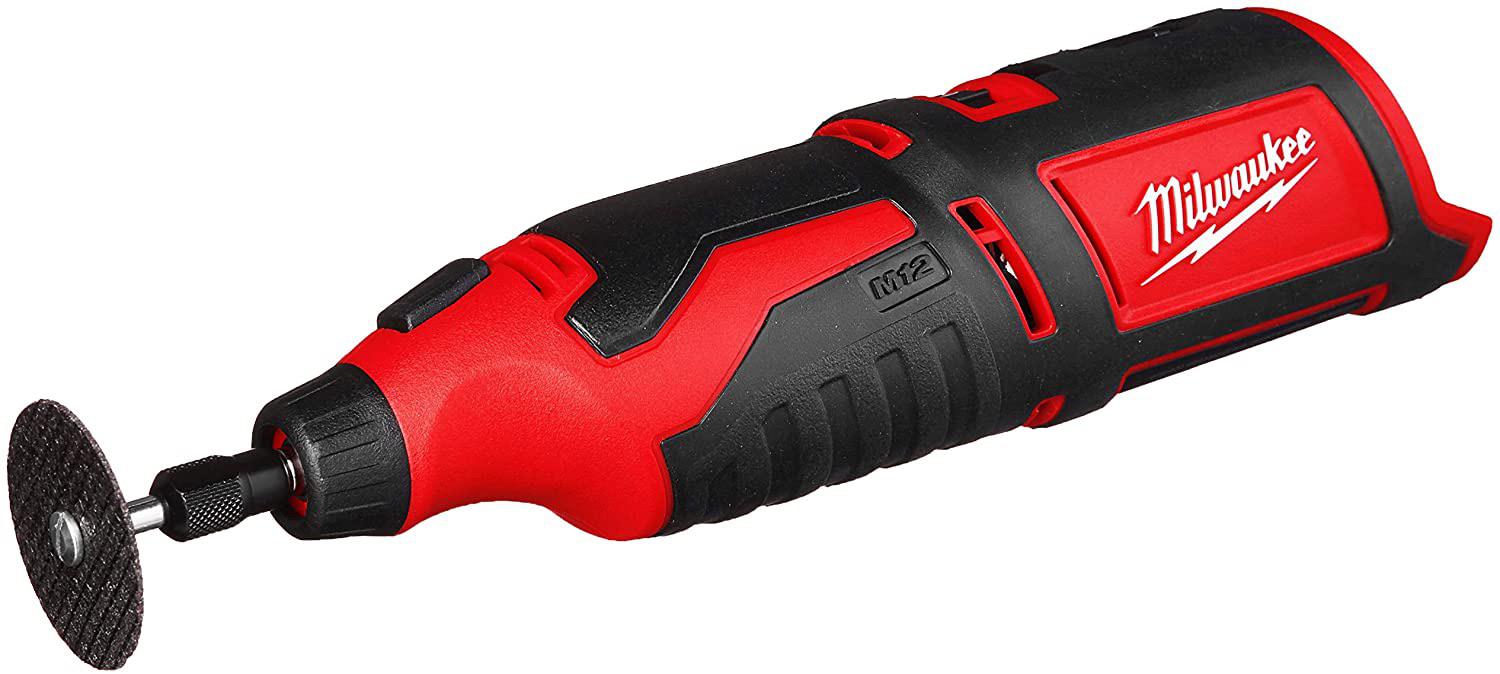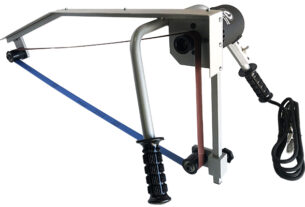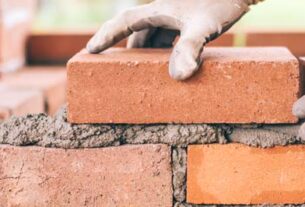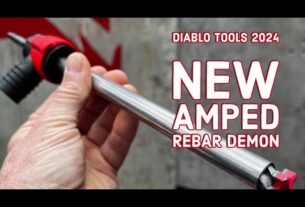Are you in the market for a new power tool, but unsure whether to go with a die grinder or rotary tool? Both are versatile, multi-functional tools that can be used for a variety of projects. However, they have different features and capabilities that may make one better suited to your needs than the other.
In this article, we’ll compare die grinders and rotary tools in terms of their power, speed, versatility, ease of use, and cost. We’ll also provide some tips on how to choose the right tool for your specific project.
Power and Speed
When it comes to power and speed, die grinders are generally more powerful than rotary tools. Die grinders typically have motors that range from 1/4 to 1 horsepower (HP), while rotary tools have motors that range from 1/8 to 1/2 HP.
This means that die grinders can handle tougher materials such as metal and concrete with ease, while rotary tools may struggle with these types of materials. Die grinders also tend to have higher speeds than rotary tools, ranging from 20,000 to 30,000 revolutions per minute (RPM) compared to 5,000 to 35,000 RPM for rotary tools.
Versatility
While die grinders are more powerful than rotary tools, they are less versatile. Die grinders are primarily used for grinding, sanding, and deburring metal surfaces. They are also commonly used in welding applications for removing welds or smoothing rough edges.
On the other hand, rotary tools are much more versatile. They can be used for cutting, drilling, engraving, polishing, sanding, grinding, and even carving wood or stone. With the right attachments and accessories, you can use a rotary tool for almost any DIY project you can imagine.
Ease of Use
Both die grinders and rotary tools are easy to use once you know how to handle them properly. However, die grinders are generally heavier and more difficult to control than rotary tools. They also produce more vibrations, which can make them more tiring to use for extended periods.
Rotary tools, on the other hand, are lightweight and compact, making them easy to maneuver in tight spaces. They also produce less noise and vibration than die grinders, which makes them more comfortable to use for long periods.
Cost
When it comes to cost, rotary tools are generally more affordable than die grinders. While high-end rotary tools can cost several hundred dollars, you can find basic models for as little as $20 or $30. Die grinders, on the other hand, tend to be more expensive due to their higher power and quality construction.
Which One is Right for You?
So, which one should you choose? If you work primarily with metal or concrete and need a tool that can handle tough materials with ease, then a die grinder is the way to go. However, if you need a versatile tool that can handle a variety of DIY projects and materials, then a rotary tool is your best bet.
Ultimately, the choice between a die grinder and rotary tool will depend on your specific needs and budget. Consider what types of projects you’ll be working on most often and what materials you’ll be using before making your decision.
In Conclusion
Die grinders and rotary tools are both excellent power tools that have their own unique features and capabilities. By understanding the differences between these two types of tools, you’ll be able to choose the one that’s right for your specific project.
Whether you opt for a die grinder or rotary tool, always remember to wear appropriate safety gear such as eye protection and earplugs when using power tools. With the right tool and safety precautions in place, there’s no limit to what you can create.
References:
– “Die Grinder vs Rotary Tool: What’s the Difference?” by Garrett Wade Co.
– “Choosing the Right Power Tool for Your DIY Project” by The Spruce Crafts.
– “How to Use a Die Grinder” by WikiHow.




